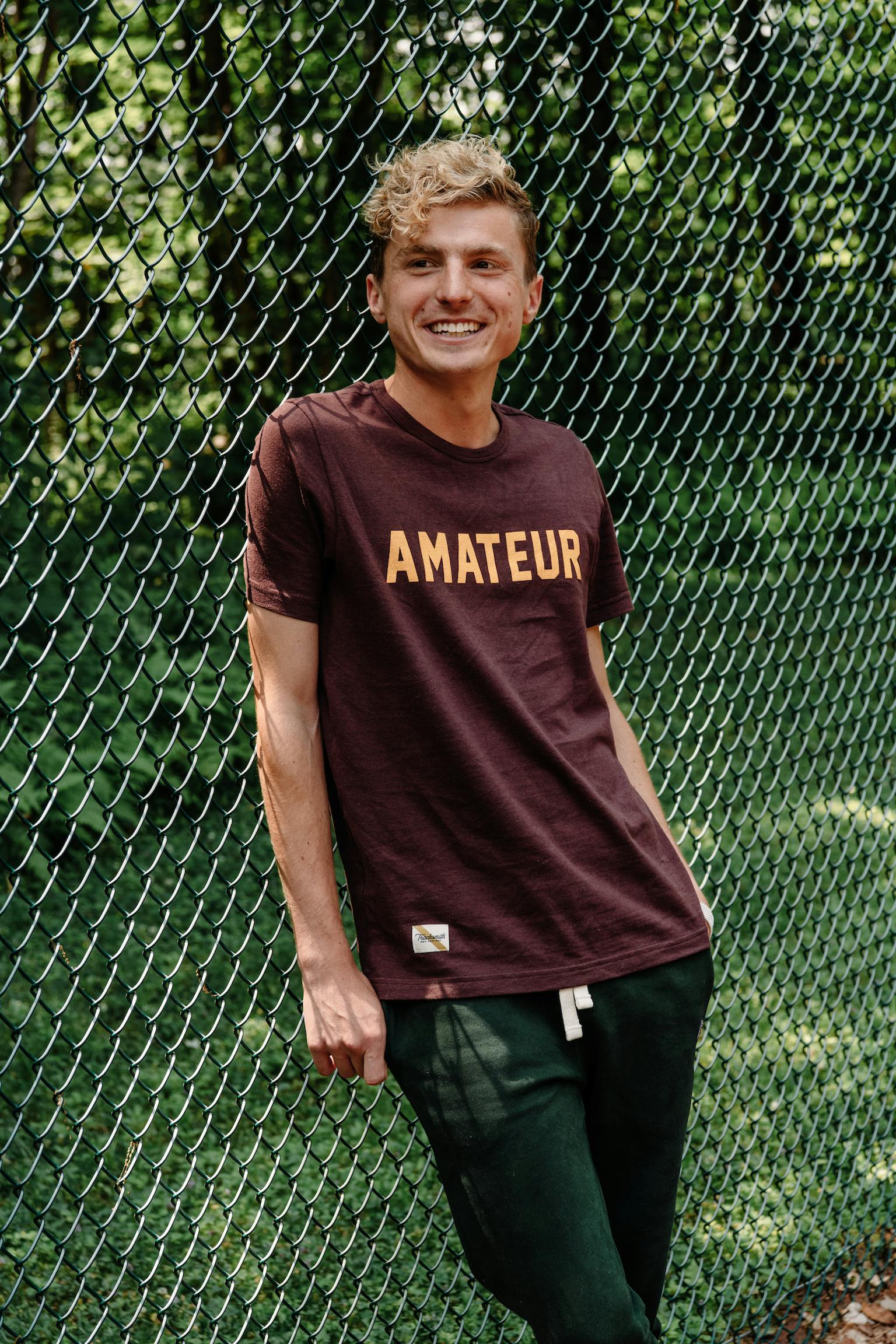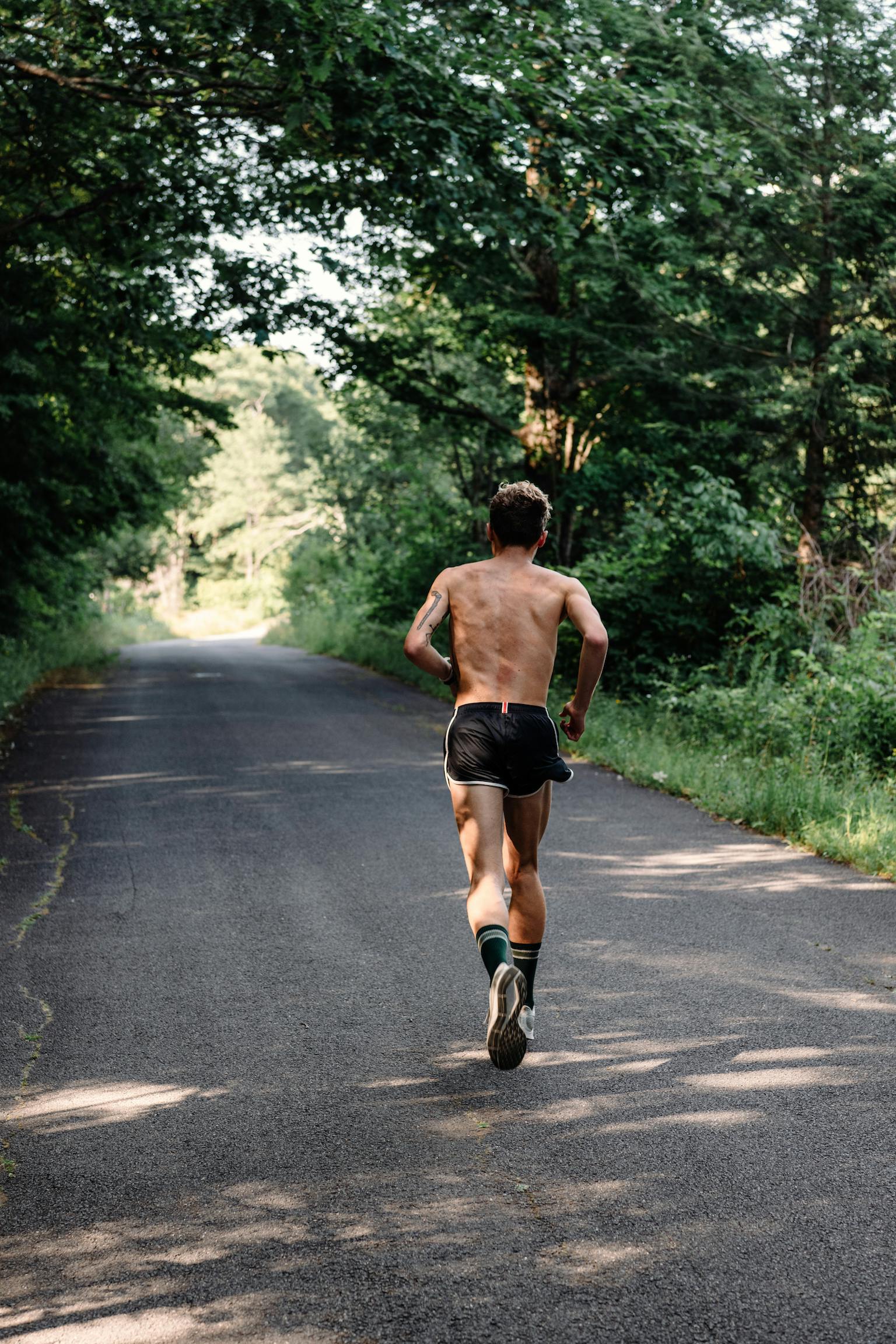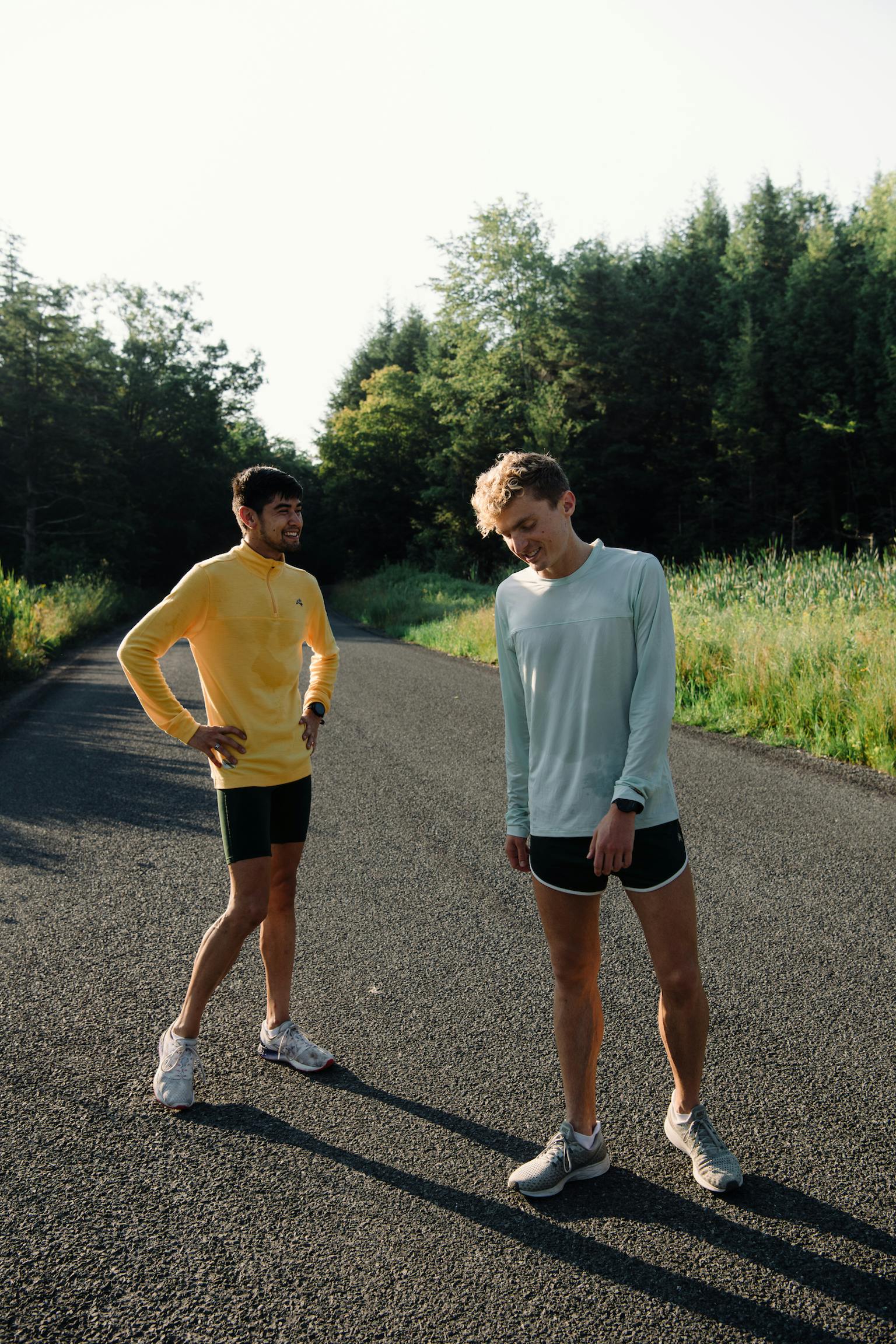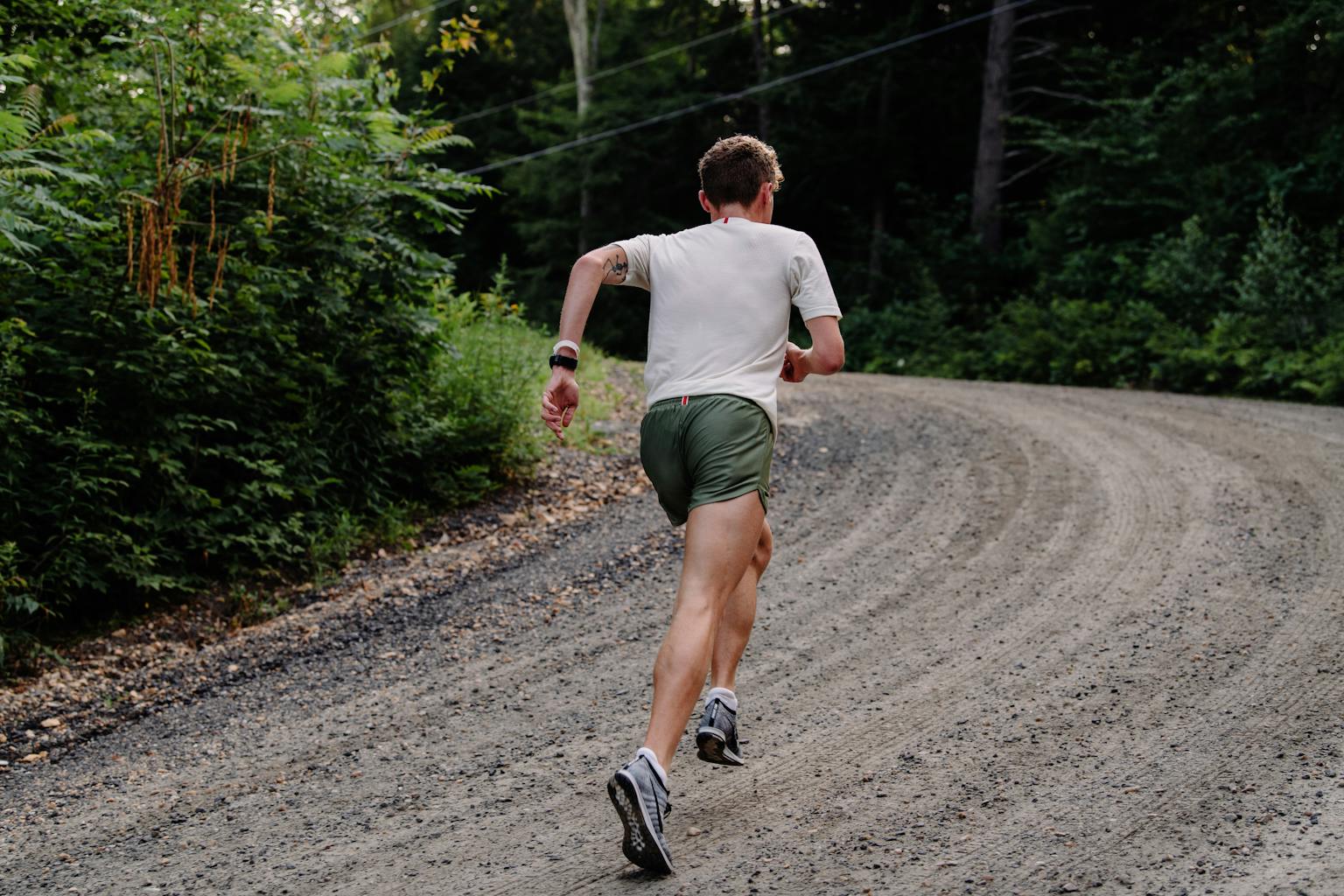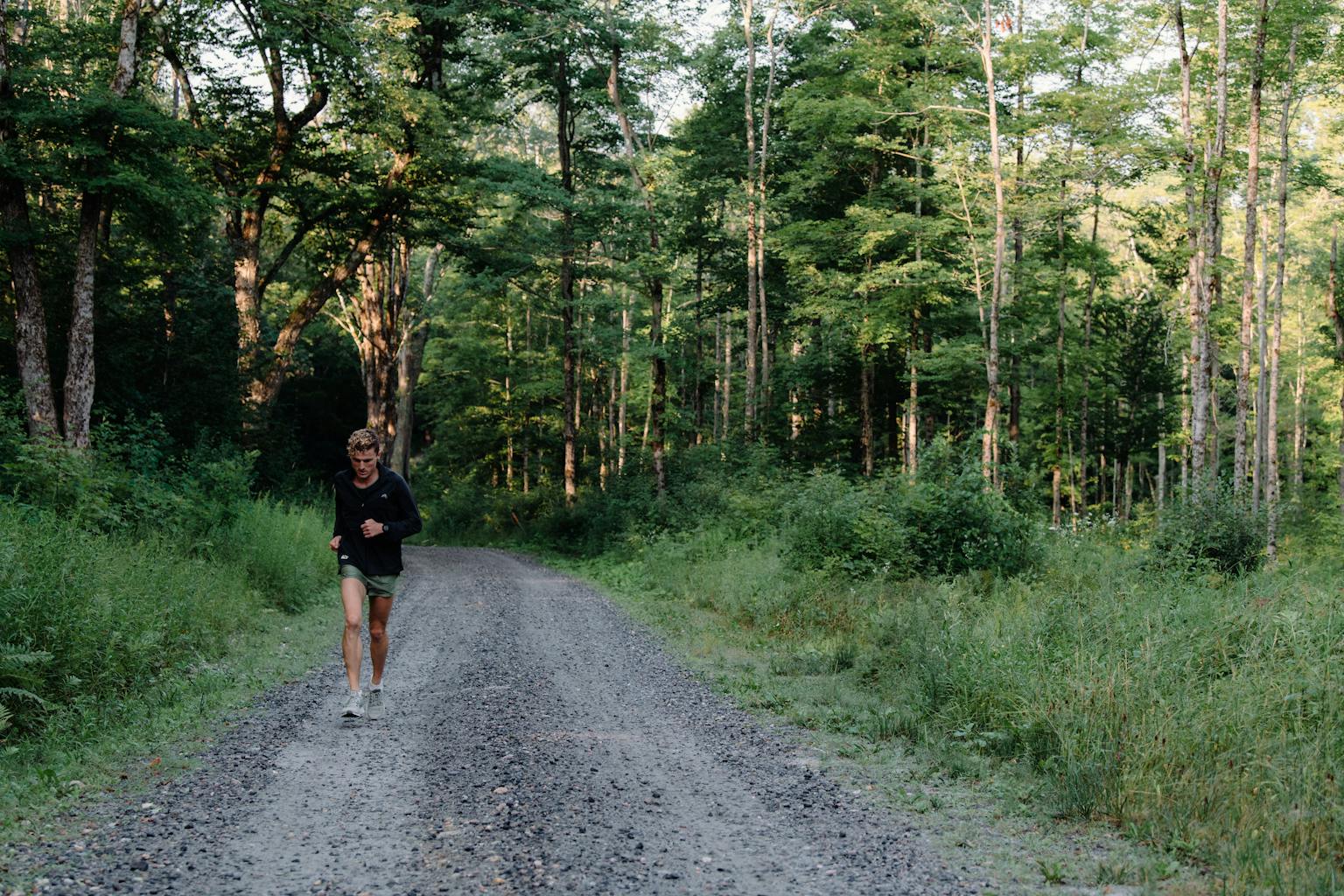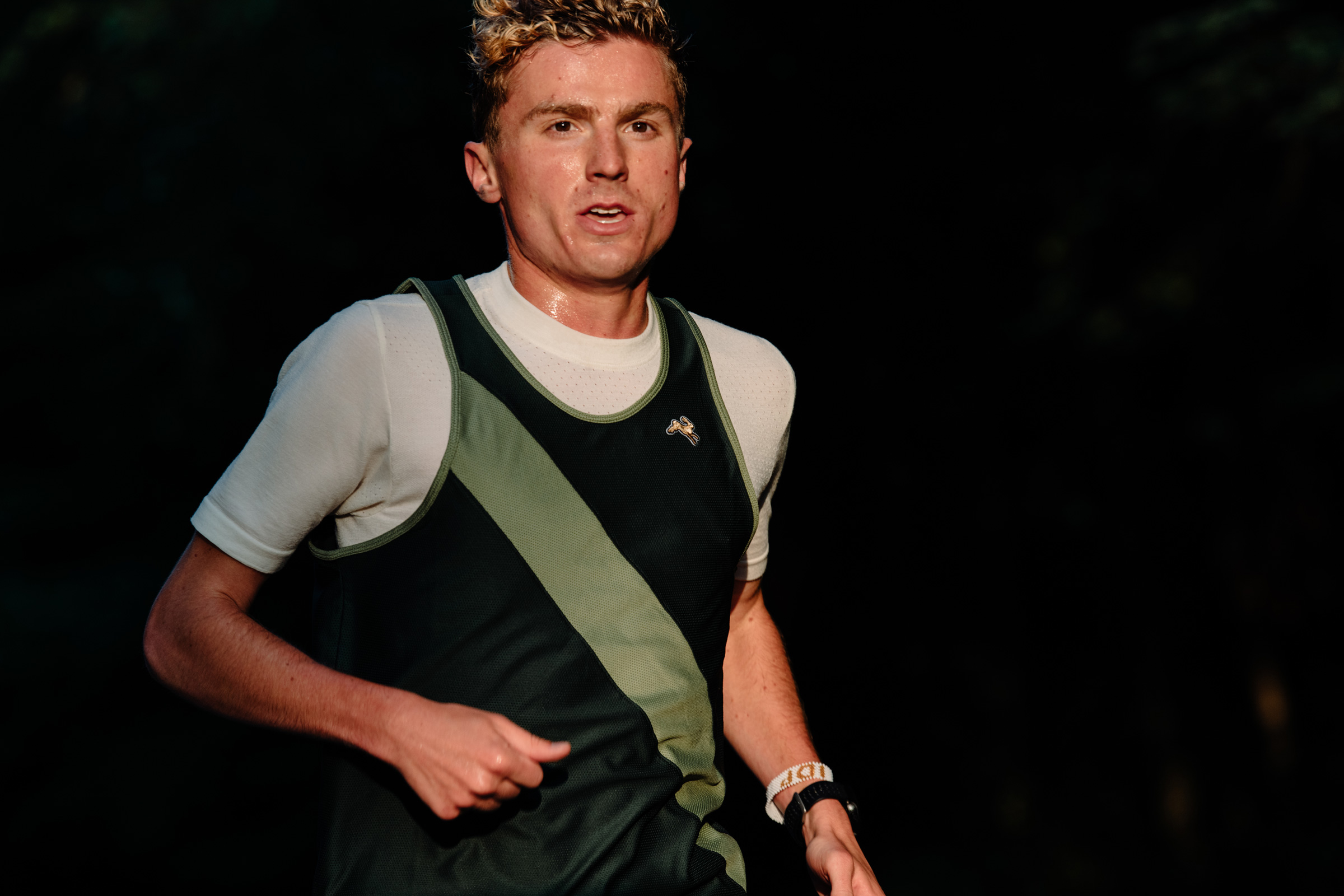
Going the Distance with Mick Iacofano
Words by Andy Waterman
Photography by Emily Maye
Mick Iacofano runs the way you picture yourself running in your most vivid dreams. He skips along the road like a stone skimming across the surface of a perfectly still pond: graceful and efficient; fast without ever looking labored. It’s unmistakably quick, and unnervingly familiar. It’s how running should look.
It’s the kind of style that only gets better as the races get longer. The mile is no place to think about energy conservation; the marathon, however, is. Iacofano is a recent convert to the roads but at 24, he’s already making an impression. In 2018 he ran 2:13:47 at CIM to make the leap from the ranks of good collegiate athletes to genuine Olympic hopefuls. He has since placed ninth at the USATF Half Marathon champs with 64:42, and scored another ninth at the USATF 25km champs with 77:46.
Iacofano spent his college career at the University of Kentucky. He ran well but not exceptionally (29:54 for 10,000m and 14:26 for 5,000m), and left with unfinished business. “I didn’t have the college career that I wanted, and I think that’s why I’m doing this now,” he says. “I stressed out way too much with a mechanical engineering degree – it was what I wanted to do, but the stress hindered my running.”
After graduation he ran his first marathon in Jacksonville, Florida, sharing a top 10 with his dad – Mick ran 2:18 for the win while Michael Sr. ran 2:43 for sixth. Not bad at the age of 49, right?
With an OTQ at his first attempt over the distance, he was invited to move to Boulder to train, but the move was short-lived. “There was a coach out there who wanted to coach me so I joined his team then that team disbanded. For me, I lost a lot of camaraderie in Boulder when that happened,” he says. After his breakthrough run at CIM, Iacofano found it hard to slip back into the daily routine of training in Colorado. “There’s a lot of competitiveness to the people in Boulder, and I understand that being competitive is the sport, but there’s a competitiveness that wasn’t helping each other out,” he says. “Luckily Kameron reached out to me after CIM and was like, ‘hey man, notice your team disbanded, are you interested in moving out here?’ It seemed like an easy click. I had one phone call with him and it seemed like he really wanted to coach me.” ‘Here’ is Boise, Idaho, and ‘Kameron’ is coach Kameron Ulmer, who coaches the Idaho Distance Project, of which Iacofano is now a member. So far it’s been a positive move.
“Boise wasn’t that different to Boulder honestly – great trails, great places to run,” says Iacofano. To pay the rent, he started bartending, a job that fits in well around his schedule: “I wanted a stress-free job and it just seemed like a really good fit for being able to run. I only work 20 hours per week, and typically my hours are 5-10pm, so I get all of my training done in the morning. I go to work, come home, and do it all again, and it allows me to really focus.”
Unsurprisingly, the focus right now is on the Trials in Atlanta. Just one week before we sat down together at the Tracksmith training camp in the Berkshires in Western Mass., the news had emerged that the Trials had been upgraded to IAAF Gold Label, meaning that the long term format of the top three automatically gaining selection to the Games was back on. How has Iacofano taken this news? “It does excite me a little bit more,” he says. “I mean the attitude was always to go into the trials to try and make the team. Everyone else is thinking the same thing – this is the chance to make or break careers.”
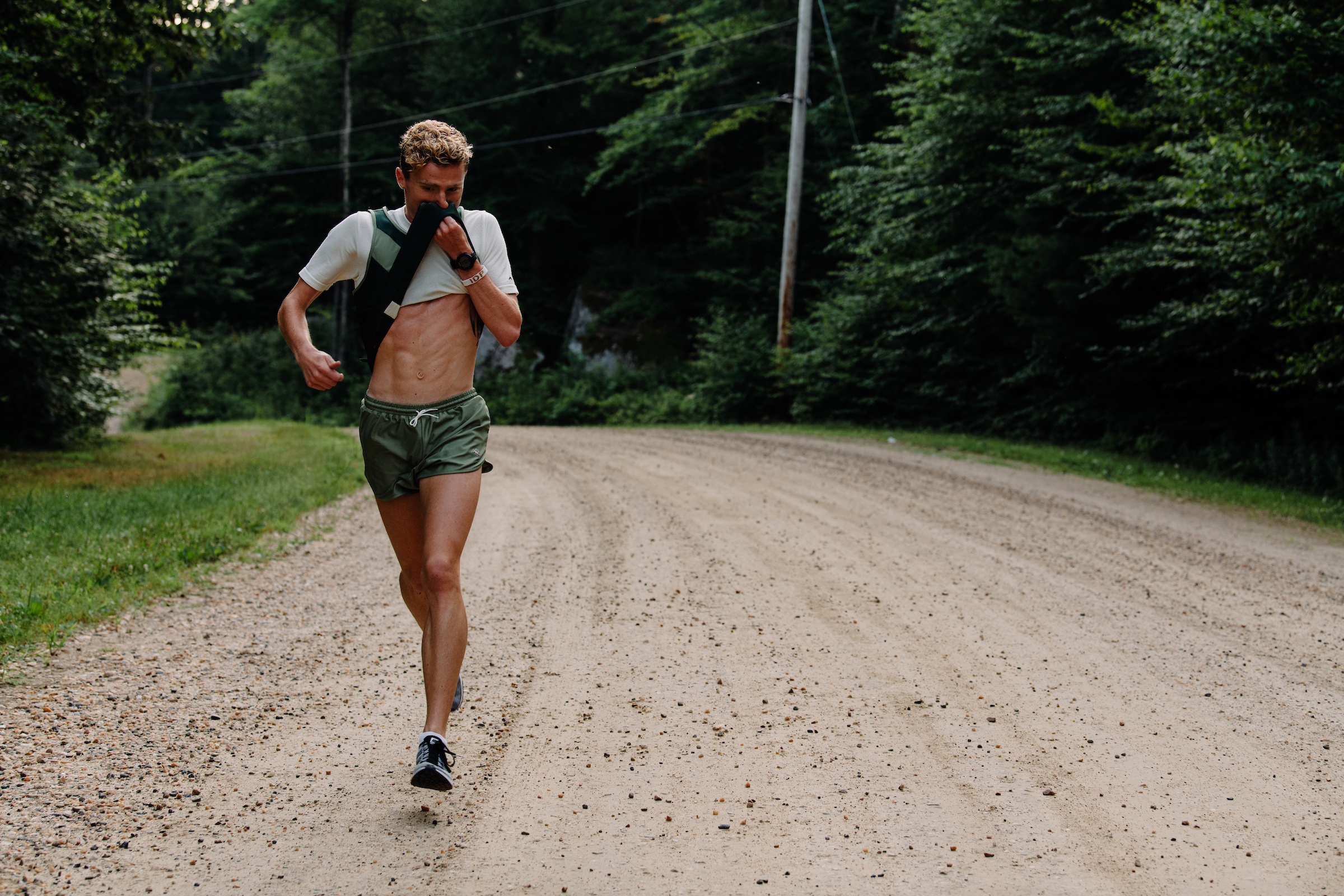
Up to this point, Iacofano’s marathon career has been all about getting the times. And it’s true, that in most marathons, times make for a pretty good predictor of race results. But in Atlanta, things could – and most likely will – be different. The athletes who think they should have a spot guaranteed will want to do the least amount of work necessary to take a top three, while those who are close, but unfancied, have every incentive to try and break the field by going hard from the gun. Meanwhile, hills and humidity will make their cumulative effect felt. It will be true racing, pure and simple.
“I’m always thinking about that last 10k,” says Iacofano. “You run those 20 miles and everyone is in good spirits, but then you can just feel the field tense up, and it’s every man for himself. CIM was where I really felt it for the first time. My legs felt like crap, my lungs were burning, I just wanted to drop out, and I remember looking around, and I could see it in everybody else too – everyone was hurting. A part of me got this rush. I remember smirking and going for the lead at that point. I had six miles to go, but there’s just this energy – you feel like you’re going to die, but everyone else looks like they’re going to die as well. Who’s going to make the first move? Who’s going to break who? That’s what makes the marathon so special.”
Special. The marathon is indeed a special kind of beast. And the US Olympic Trials are more special than most. When Mick Iacofano lines up against America’s best on February 29, 2020, don’t be surprised if he seizes the opportunity to bring out a very special performance. Special enough to book him a place in Tokyo? Anything is possible in the marathon, and anything is possible at the Trials.
